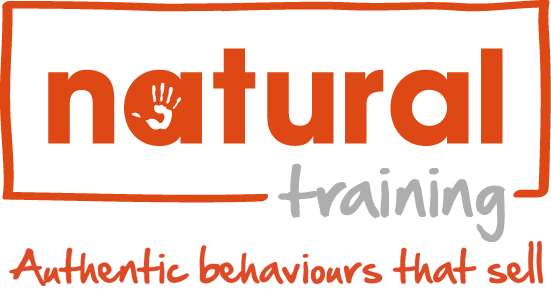7 Best Practices of Natural Presentations
Presentations are a growing part of everyone’s responsibilities today in the professional sphere, and you’ve no doubt been asked to give your share.
For some, part of their natural make-up is to stand in front of a crowd, relaxed and confident, presenting interesting information that holds an audience enrapt.
For the rest of us, it’s an unnerving proposition, one that makes our stomachs sink.
There are two ways to look at presentations:
A. Try to remember all the things you’re not supposed to do during a presentation, like cross your arms, gesticulate wildly, or say “uh” and “um” a lot.
– OR –
B. Find your natural style of presenting that lets you be comfortable in your own skin and go with the flow.
Option B is obviously the route of simplicity and the one that will stick with you the longest. It’s also a way to differentiate yourself from the presenting robots out there who only go through the motions.
Following are the 7 Best Practices of Natural Presentations:
- Your style is the right style. You don’t need to change your personality to be a great presenter. Some presentation training programs try to turn you into the perfect mould that doesn’t take into consideration who you are as a person. You don’t want to be a stiff and cold presenter, trying to adopt someone else’s style. If you’re funny, use your sense of humour. If you talk with your hands, gesticulate to get your point across. When you relax and be yourself, you let your passion shine through and that will entrance any audience.
- Be clear. The shortest path between two points is a straight line. Use your presentation to connect your beginning statement clearly and concisely to your ending proposition. If the purpose of your presentation is to convince a group of people why your idea is the best one, start by outlining the problem to be solved, fill in with clear statements of supporting evidence, and end with a clear call to action. Each step in your presentation needs to move you towards your final proposition.
- Be memorable. Virtually no one will remember the facts and figures you spouted during your presentation, but they will remember your stories, especially if they’re great ones. Use a story to explain your position, and try to evoke an emotional response to your tale. If you’re presenting a technical solution to a business problem, tell a story about a successful implementation that made a difference in the day-to-day operations of a similar company. Use real human experiences to paint a picture of what your solution would look like.
- Walk a mile in their shoes. Your topic must be relevant to your audience. If you’re presenting a new software product to a group of business persons, you wouldn’t want to focus on the specific technical aspects of the product. You want to focus on what’s relevant to your business group, such as ROI, ease of use, or how it will decrease costs and increase revenues. When you’ve walked a mile is someone else’s shoes, you understand what’s important to him or her, and then can focus all of your efforts on presenting to specific wants and needs.
- Know the environment. You should have a thorough working knowledge of the company and/or the industry to which you are presenting and the venue being used. Find out who is going to be in your audience, and make sure you dress similar to them. You don’t want to set yourself apart from your audience by dressing in a suit and tie when they’re all wearing casual attire. Learn their vocabulary and their points of pain and pleasure so that you can speak clearly and directly to what keeps them awake at night or what gets them excited.
- Cut down on words. If you have 15 minutes to present, don’t try to cram in as much information as you can in that time. Go through your talking points and delete anything that doesn’t directly support your ending proposition. Don’t use a 20-word sentence when a 5 word one will do. Speak in well-ordered thoughts that are succinct and lead your audience as quickly as possible to a conclusion. You’ll win points for ending early, and you just might lose your audience if you go well over your allotted time.
- Structure, not scripture. Talking points give you a structure to follow that will keep you on course and help you finish on time. A script will bore your audience to tears. The worst thing you can do is stand before your audience and read your presentation to them. To engage your audience, you need to know what should be covered, but it needs to be spontaneous enough that it comes across as conversational rather than rote. Robots follow a script. Humans use warmth and personal stories to connect people.
When you know your topic and you know your audience, be bold and courageous and tell your listeners what they need to hear in a memorable way.
Don’t be afraid to follow your instincts about what works in presentations and what won’t. When you know your topic and you know your audience, be bold and courageous and tell your listeners what they need to hear in a memorable way. You’ll find that presentations aren’t that hard when you let yourself fall into your own natural style.
If you need some help identifying your natural style of presenting, Natural Training’s presentation skills training experts can guide you toward your innate presentation abilities. Call one of our experts today to talk about how you can easily increase your performance with Natural Training.
Got a comment?
Catch us on Social Media and join the discussion!


